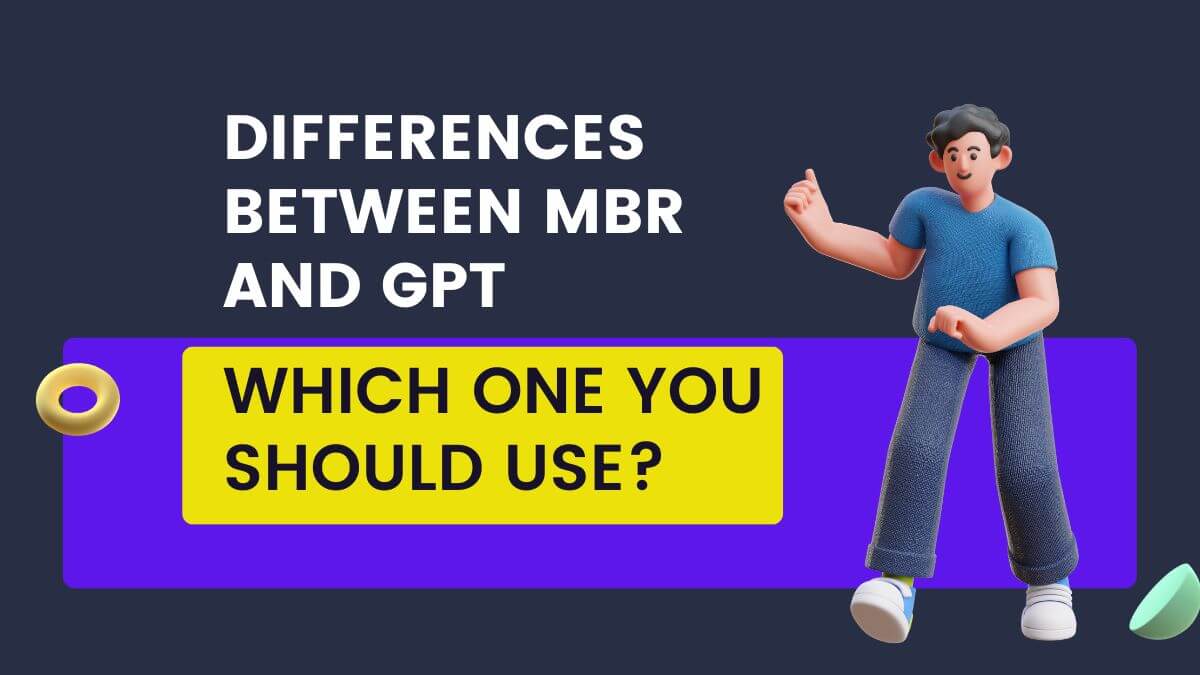How to View All Recently Updated Drivers in Windows
Windows 10 automatically updates the drivers for your hardware. While these forced updates are convenient, they also come with some drawbacks.
On the one hand, you don’t have to update your drivers all the time manually. On the other hand, a buggy or poorly-timed driver update can cause your system to crash or devices to malfunction.
Windows 10’s automatic driver updates could be at fault if you start having issues with a device. Here’s how to review them.
Why to View Recently Updated Drivers?
System performance enhancement is one of the primary factors for viewing recently updated drivers in Windows. Frequently, driver updates include bug fixes, performance enhancements, and compatibility enhancements. By routinely checking for new driver updates, users can benefit from these enhancements, resulting in a more streamlined and effective computing experience.
Drivers that are out-of-date or incompatible can cause system instability and frequent failures. By regularly reviewing recently updated drivers, users can quickly identify and resolve such issues. Manufacturers issue driver updates to resolve stability issues and enhance system dependability. Keeping drivers current reduces the possibility of software conflicts and ensures a stable computing environment.
Steps to View All Recently Updated Drivers in Windows
Microsoft Windows 10 comes with a built-in tool for searching for recent updates and updates on all components installed.
- Open the Settings app, using the keyboard shortcut Win + I.
- Select the Update & Security entry.
- On the Windows Update tab, you’ll see an Update status header at the top. Click the View installed update history link below it.
- Here, you’ll see a list of all updated Windows has installed. Use the arrows to collapse all categories except for Driver Updates.
- You’ll see your most recently installed drivers, including their date and version number.
Clicking on an update’s information should bring you to an informational page on Microsoft’s website. However, it seems the company has not properly implemented this feature yet.
If you see a driver that failed to install repeatedly or notice that a device you’re having trouble with recently had a driver update, that’s a good sign that you need to troubleshoot it.
To disable automatic updates, open the Control Panel and click the System entry. Select Advanced System Settings on the left side, and choose the Hardware tab in the resulting window. Click the Device Installation Settings button, and select No.

